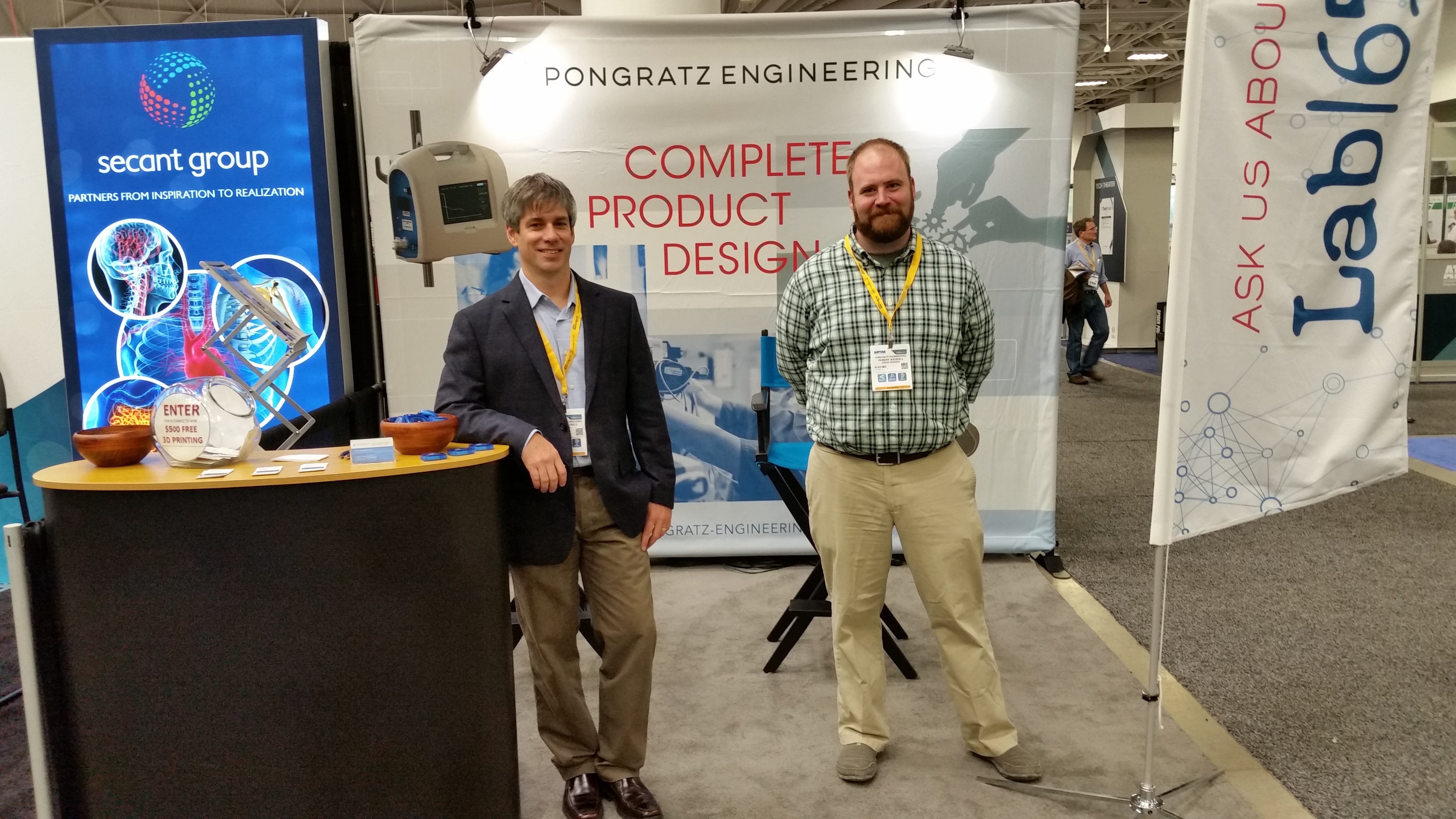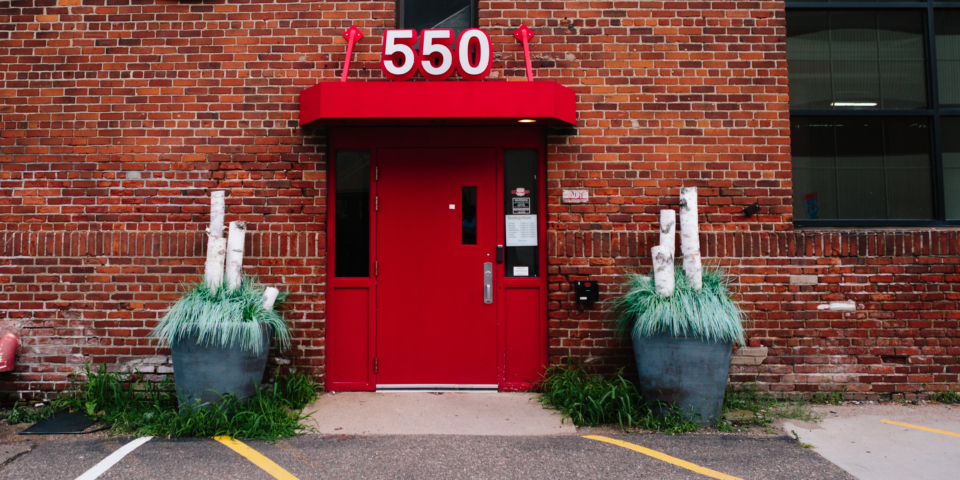
We have now moved to: Lab|651 / Pongratz Engineering 550 Vandalia St St. Paul, MN 55114 Check out our newsletter for more information! READ MORE ▶


We have now moved to: Lab|651 / Pongratz Engineering 550 Vandalia St St. Paul, MN 55114 Check out our newsletter for more information! READ MORE ▶
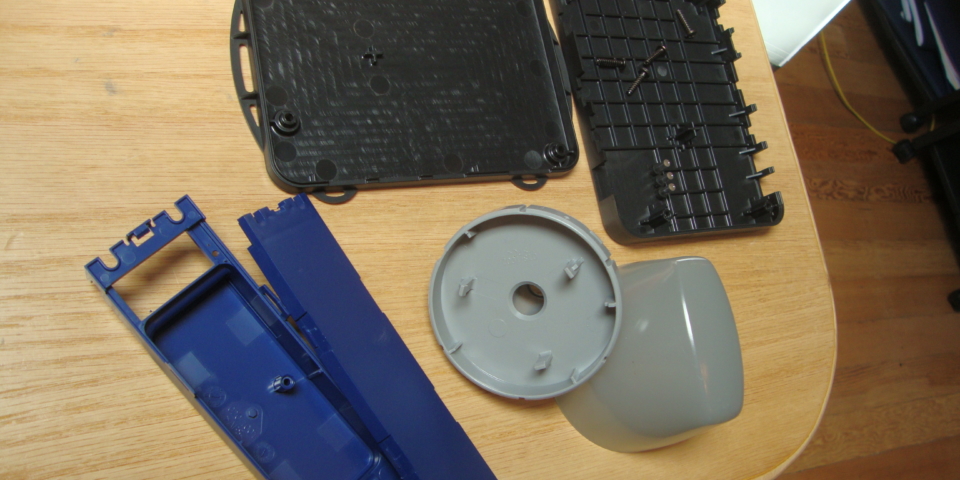
An important question that comes up during almost every product design effort is: How are we going to hold this object together? This series of blogs will focus on several different ways to join two or more parts together to create one cohesive enclosure. When attempting to determine which case-joining method is right for your product, there are several factors […] READ MORE ▶
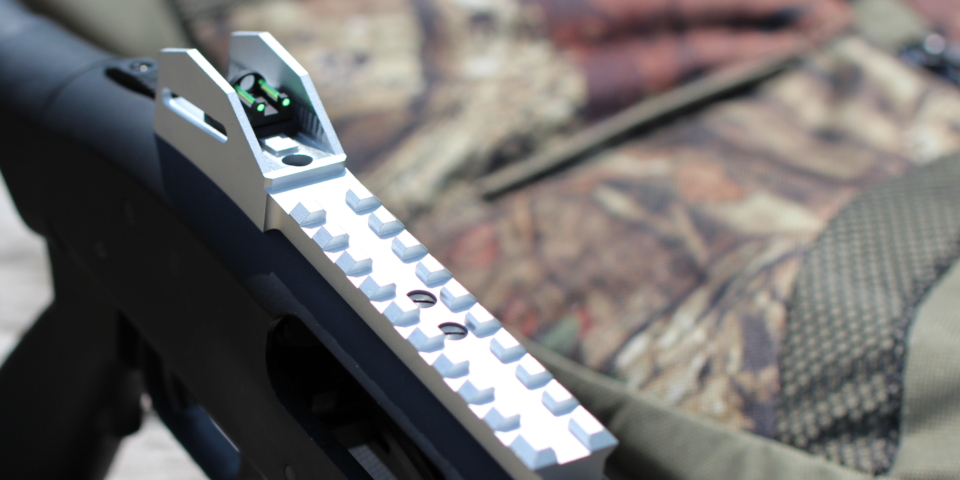
President of Pongratz Engineering Learning to stand on both sides of the fence I have been designing products since 1994, solving problems of a three-dimensional nature all of my life. During family visits I get teased about how when I was a year-and-a-half old, I took apart all of the ballpoint pens in the house and uniformly scattered the parts around. Designing is a comfortable space for […] READ MORE ▶
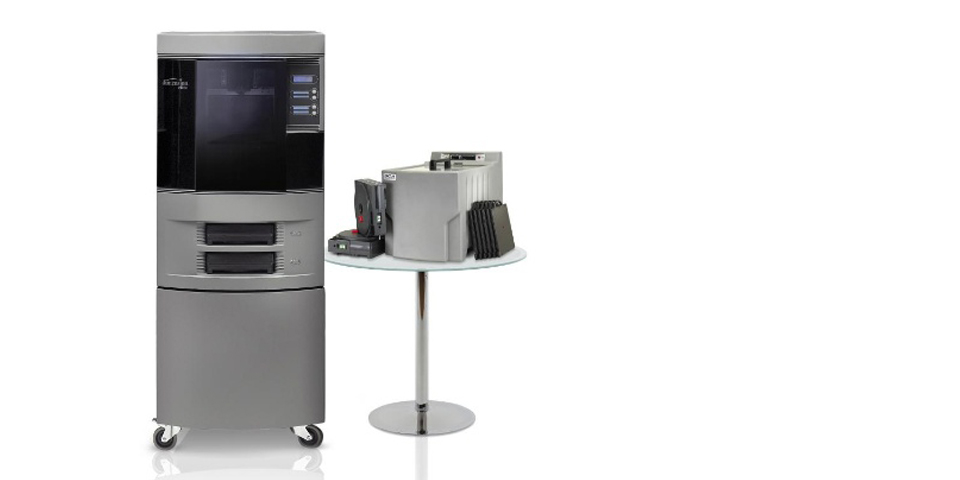
Traditionally 3D printers are used to print parts directly — most of the time this is all they are used for. However, because a 3D printer will print whatever you send to it, parts that are difficult and expensive to CNC machine typically cost much less to make using 3D printing. READ MORE ▶
Stereolithography (SLA) is a great method for making accurate rapid prototypes to check for form, fit, and function, but the process has another use. SLA parts can also be used to make prototype rubber parts via a casting mold. To recap: SLA is an additive manufacturing or 3D-printing technology that uses a vat of liquid, ultraviolet, curable resin and an ultraviolet laser […] READ MORE ▶
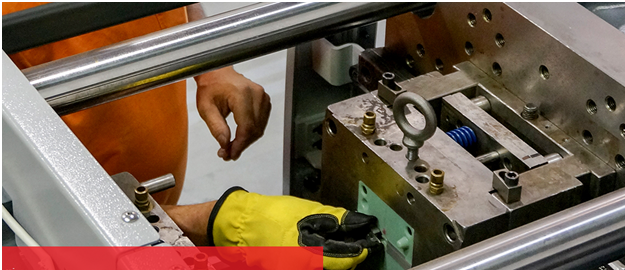
A prototype technology that is relatively new to the scene involves making a plastic injection mold using fused deposition modeling (FDM). Traditionally the only way to get an actual molded part rapidly has been to make an aluminum plastic-injection mold. Aluminum molds are good for 5,000 parts and often more, but it usually takes 4 weeks to bring one on line. A 3D-printed mold can […] READ MORE ▶
